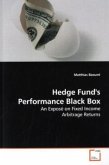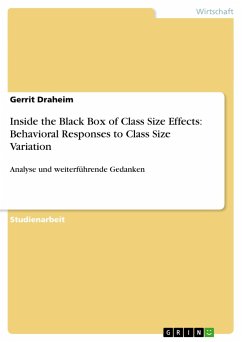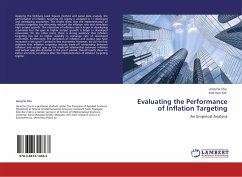In the spirit of Schumpeter, we develop both an empirical and theoretical evaluation of the Black Box of innovation. Especially in last two decades, there have been more theoretical than empirical contributions. Thus, we have firstly preferred analyze different aspects of the innovation process: in particular we have studied the espionage problem, its law of motion and complexity and the inter- industrial knowledge flows, basing the analysis on last three decades US patents data set. First, we show the role of the UTSA (Uniform Trade Secret Act) and the EEA (Economic Espionage Act), issued in 1985 and 1996 respectively, on the contemporary U.S. innovation activity. Moreover, we inquire on the existence of a innovation process law of motion by observing the patent potential applications after its publication founding a common law that follows an independent Poisson process. Finally we empirically evaluate the U.S. interindustrial knowledge spillover using the NBER patents data file (1963-1999) by means of patent backward citations showing the relevance of high-tech industries in this process.








